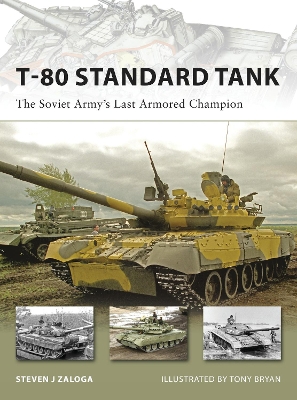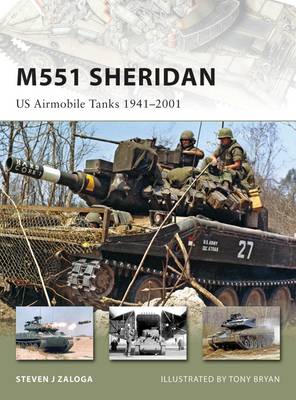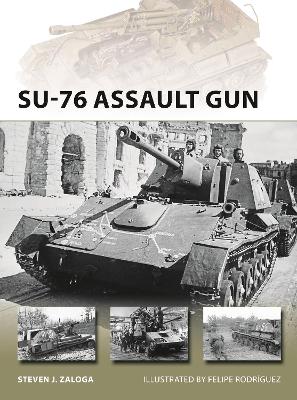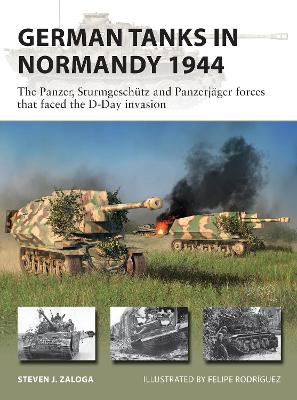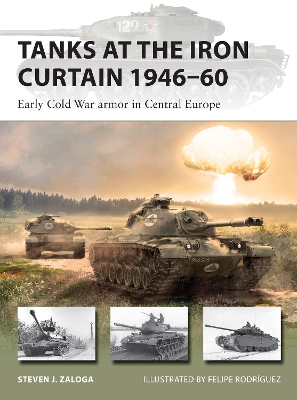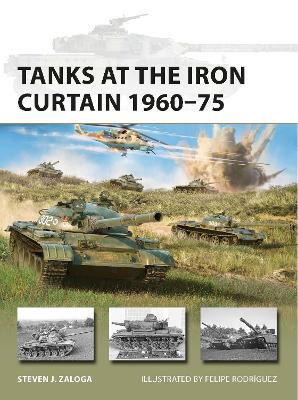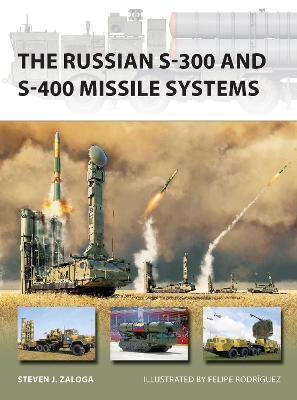New Vanguard
13 primary works • 50 total works
Featuring full colour artwork and written by an expert on tank warfare during World War II, this fascinating study describes one of the Soviet Union's most important armoured vehicles during its struggle with Nazi Germany.
In these last months the Allies were now equipped with the most advanced Shermans such as the M4A3E8, as well as some of the types that would go on to have successful postwar careers such as the Pershing, Comet, and Chaffee. In contrast the Panzer forces had pinned their hopes on small numbers of monstrous types such as the Jagdtiger and Tiger II, as well as the workhorse Sturmgeschutz and Panzer IVs and Vs. But with German forces crumbling, the Panzerwaffe lacked trained crews, replacement vehicles and fuel, while the Allies' well-supported tank forces advanced through Germany in spectacular combined-arms fashion.
Packed with information on tank numbers, types, and comparative performance, this book sheds new light on the two sides' tanks, organization, and doctrine, and explains how the ultimate tank battles of World War II were really fought.
From the 1960s onwards, there was a generational shift in tank design and warfare with the advent of CBR (chemical, biological, radiological) protection and a move away from HEAT ammunition to APFSDS. This shift confronted the growing threat of guided anti-tank missiles and saw the introduction of composite armor. Soviet heavy tanks and tank destroyer/assault guns became obsolete, giving way to the technological might of the T-62 and T-64, while NATO forces employed the Chieftain, AMX-30, Leopard I, and M60, plus the initial attempt at a common US-German tank, the MBT-70.
Using detailed illustrations and contemporary photographs, this companion volume to NVG 301, Tanks at the Iron Curtain 1946-60 focuses on key battle tanks and their technology to give a comprehensive overall picture of how tanks developed during modern times.
Few modern missile systems have received as much press attention as the mysterious Russian S-300 and S-400 air defence systems. The systems have been integral to many recent wars and conflicts, especially those in the Middle East, and Turkey's desire to buy the weapon (breaking ranks from NATO) made headlines around the world.
In this book, professional missile systems analyst Steve Zaloga uses his in-depth knowledge, gained from close collaboration with the systems' design bureaus, to assess and analyse them in detail. He explains that the S-300 is, in fact, two systems: the S-300P (SA-10 Grumble), designed as a replacement for the older Soviet strategic SAM systems and used in the defence of major Soviet cities, and the S-300V (SA-12 Gladiator/Giant) which was developed for army use to defend against the Pershing ballistic missile. The S-300P was, in many respects, the Soviet equivalent of the US Army Patriot missile system, while the S-300V was equivalent to the US Army THAAD. He also considers the supplementary S-350 system and the new generation S-400 system, deployed in Syria and sold to both China and Turkey, and its strategic importance to Russia, which exports it both to support allies and weaken NATO interoperability links. An assessment of the latest S-500 system, designed to counter ballistic missiles and hypersonic cruise missiles is also provided.
Packed with detailed colour artwork and photos, this title describes the considerable evolution of the S-300 system over the past three decades and its effect on conflicts worldwide.
